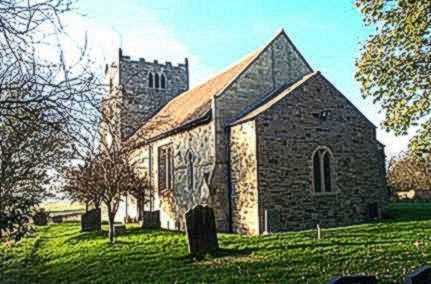“Pilgrimage of Grace” Should Be Movie Sequel to “For Greater Glory”
 Martyrdom is a central theme in Christianity. In its early attempts to suppress the growing Christian movement, the Roman state put to death countless defenders of the faith, including women like Perpetua. Jesus himself was regarded by the Roman government as a political threat, as the designation “King of the Jews” implies.
Martyrdom is a central theme in Christianity. In its early attempts to suppress the growing Christian movement, the Roman state put to death countless defenders of the faith, including women like Perpetua. Jesus himself was regarded by the Roman government as a political threat, as the designation “King of the Jews” implies.
Christians haven’t always defended themselves when attacked by external armies and rival religions, such as Islam. But attacks from within a  Christian country have often been challenged. The movie For Greater Glory focused on the attempt by a secular Mexican government in the 1920s to dismantle the Catholic Church in the country. The people armed themselves and fought back.
Christian country have often been challenged. The movie For Greater Glory focused on the attempt by a secular Mexican government in the 1920s to dismantle the Catholic Church in the country. The people armed themselves and fought back.
During the 1530s, the national government of Henry VIII decided to close down the Catholic Church simply by stealing all of the facilities, then selling them off. Led by lawyer Robert Aske, the faithful in Yorkshire decided to defend the monasteries. 30,000 people marched to York on what is called the “Pilgrimage of Grace.”
Thanks to the double crossing of the Duke of Norfolk, the defenders were captured and executed, along with Aske and abbots of the northern churches. A poem in Aske’s All Saints Church (photo) in Aughton, Yorkshire reads:
He saw as the monasteries were destroyed
That the help for the poor went too
No place for a traveller to rest his head
No care for the sick, no burial of the dead
No work for the villagers to do.
Aske’s Pilgrimage of Grace contains all of the compelling drama that made For Greater Glory so well-received. It also remains very relevant in terms of political dynamics today, as the forthcoming One Church movie, starring US Army POW Jessica Lynch demonstrates. Shouldn’t the 1530s Yorkshire defense of the faith be made into a movie?
 Martyrdom is a central theme in Christianity. In its early attempts to suppress the growing Christian movement, the Roman state put to death countless defenders of the faith, including women like Perpetua. Jesus himself was regarded by the Roman government as a political threat, as the designation “King of the Jews” implies.
Martyrdom is a central theme in Christianity. In its early attempts to suppress the growing Christian movement, the Roman state put to death countless defenders of the faith, including women like Perpetua. Jesus himself was regarded by the Roman government as a political threat, as the designation “King of the Jews” implies. Christian country have often been challenged. The movie For Greater Glory focused on the attempt by a secular Mexican government in the 1920s to dismantle the Catholic Church in the country. The people armed themselves and fought back.
Christian country have often been challenged. The movie For Greater Glory focused on the attempt by a secular Mexican government in the 1920s to dismantle the Catholic Church in the country. The people armed themselves and fought back.